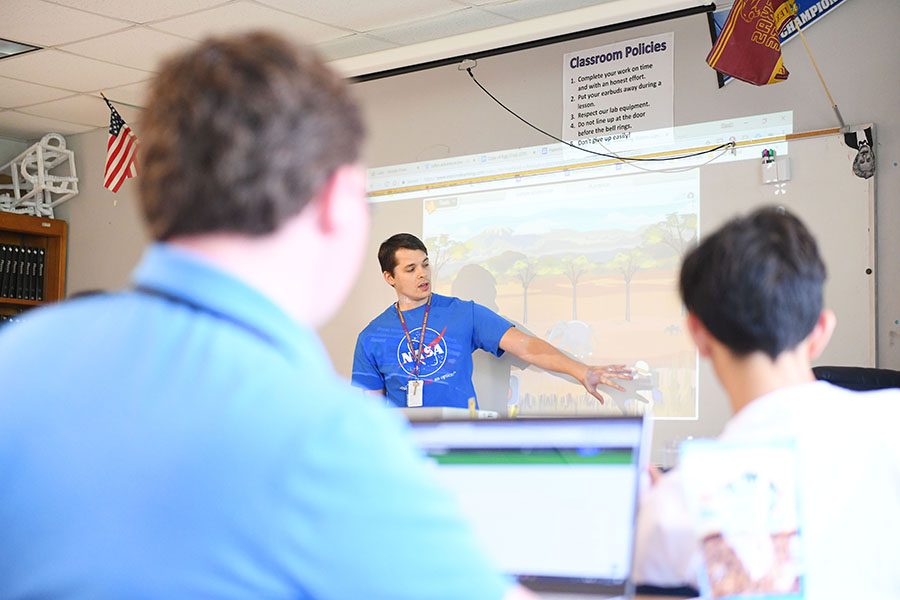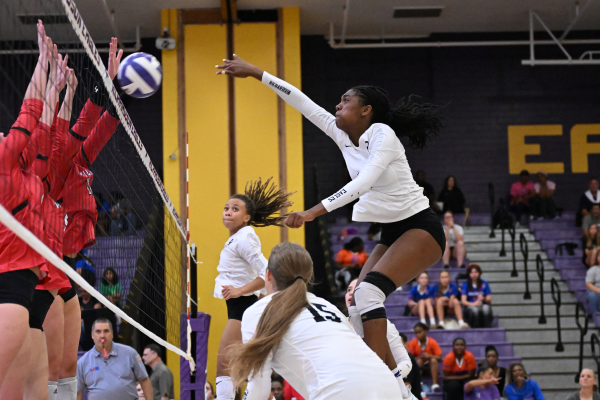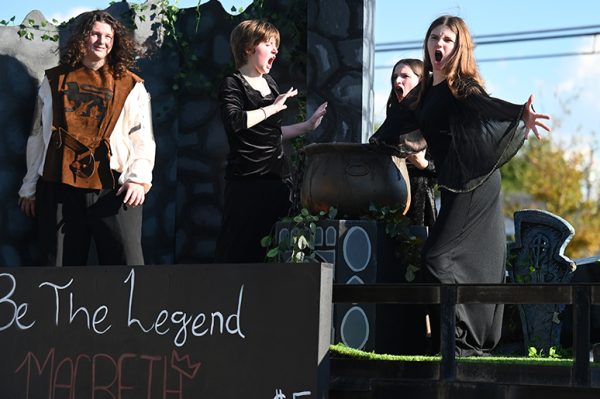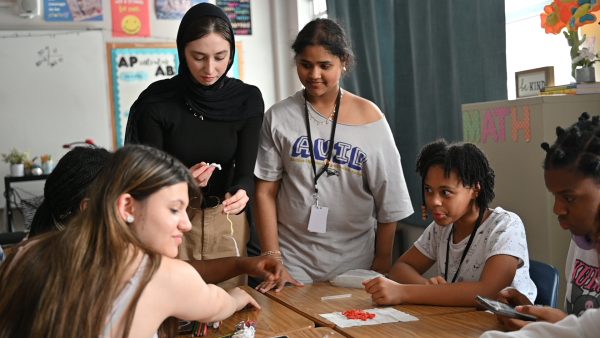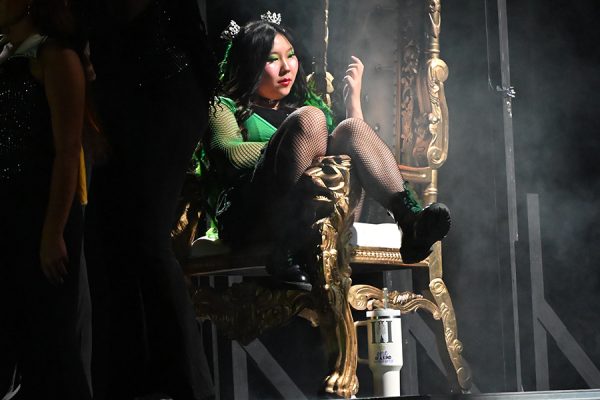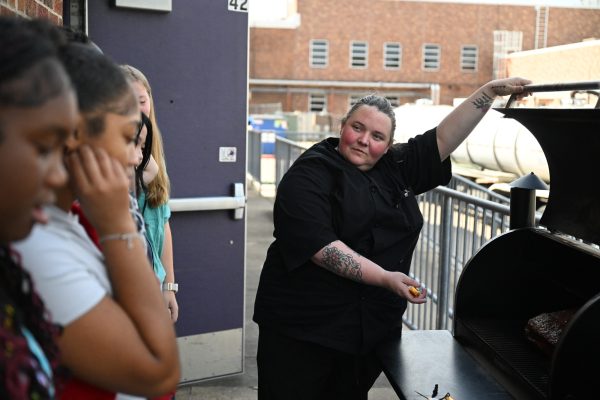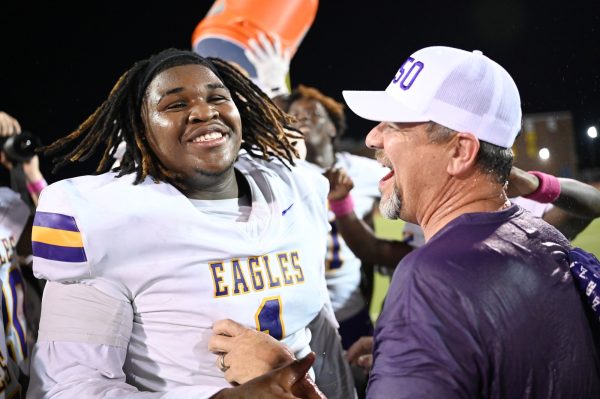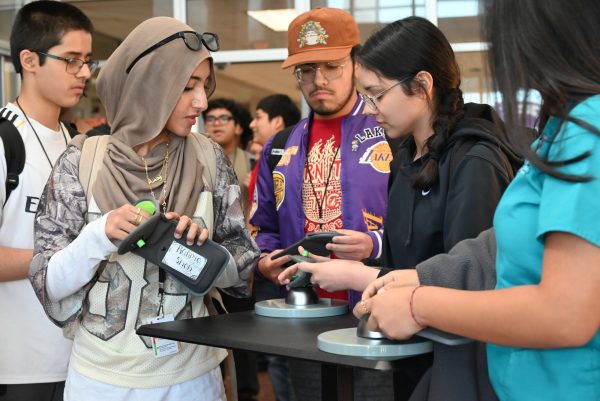Teaching for the Stars
When physics teacher Derek Hammons visited the Johnson Space center, he saw the original Apollo control room which would send his career on a new trajectory.
Hammons attended a teacher space camp called Lift Off early last summer where he began to pursue the idea that a job with NASA might actually be possible.
“It was like science teacher Heaven,” he said. “I told my wife I can’t stop thinking about this, and I really want to do this now. It was the first time in a while where I heard something and couldn’t get it out of my head.”
Later the same summer, Hammons taught at the NASA STEM Enhancement in Earth Science internship program (NASA SEES) where he helped to advise a student team that was doing scientific research. Katherine Mulry, a senior at Pearce, was a student-intern on Hammons team whose goal is to become an astronaut.
“I thought that Derek seemed, obviously, incredibly smart, but that he has a great sense of humor,” Mulry said. “I really appreciated his willingness to tolerate the crazy antics of all of the interns, we played kazoos on the bus, spontaneously karaoked at restaurants, and fried eggs outside in the Texas heat. I was impressed that he was able to do that job with a smile.”
His curiosity led him to the NASA website where he found job listings.
“I looked at the requirements and I was like, ‘I could actually do this,'” he said.
Hammons took a leap and applied for a job not expecting much. He was shocked when he immediately heard back for an interview.
“There were five people [on the phone] and I was like ‘geez,'” he said. “Ninety percent of what I answered was based on my teaching experience. The teaching prepared me because it taught me so many skills I needed, like how to communicate.”
A week later he got a job as a Flight Controller for Operations Data File with the International Space Station (ISS), the “middle man” for the engineers and astronauts.
“They called me in the morning at 7 a.m.,” Hammons said. “I was in the shower, and I missed the call, but I got a voicemail and was like ‘holy crap.’ I called my wife freaking out, and I was on the verge of tears.”
Physics teacher Lauren Martyn has worked with Hammons for three years, calling him both a colleague and a friend.
“Obviously I’m incredibly sad to see Derek go,” Martyn said. “But he deserves this, he works hard and he’ll add so much to NASA’s team.
According to science principal Elise Curry teachers from RHS have had a long history of interesting opportunities in the STEM field.
“We have had teachers go all over. We had Dr. H go to Antartica. Mr. Hammons is the newest in a long list,” Curry said.
His last day was August 31, leaving RHS in a whirlwind with his red and blue NASA socks, which his wife gifted him to celebrate his new job.
“I love teaching, I really do, and I don’t want to leave, but it’s NASA,” Hammons said. “I’d be crazy to not go. This is actually happening.”

